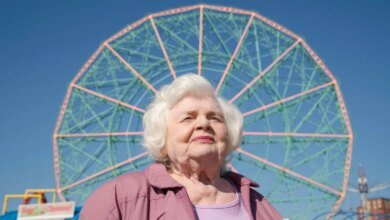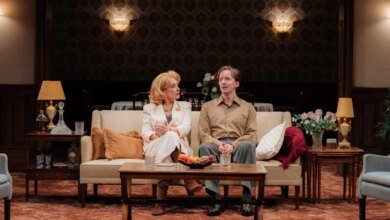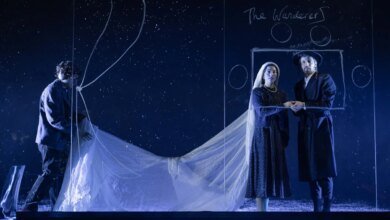Sculpting the 20th Century — Jewish Renaissance


Much of the work Kormis produced in Britain, along with all his large-scale pieces, was destroyed when his studio was bombed in 1940. It was a huge blow, but didn’t prevent him from continuing to create. “From 1949 he exhibited regularly at the Royal Academy summer exhibitions,” writes Ben Uri’s director of scholarship, Sarah MacDougall, in her essay The Handicaps of Exile: Refugee Sculptors in Britain. In 1951, he participated in Ben Uri’s major Festival of Britain: Anglo-Jewish Exhibition, 1851-1951.
He was best known as a sculptor, but was also noted for his prints, woodcuts and medallion portraits. Perhaps his greatest work, however, was on a very different scale: five large figures making up To the Memory of Prisoners of War and Victims of Concentration Camps 1914–1945, placed in Gladstone Park in north-west London in 1969. It was the first memorial in Britain to the victims of Nazi concentration camps. Kormis died in 1986, in his early 90s, preceded by the death of his wife in 1971.




